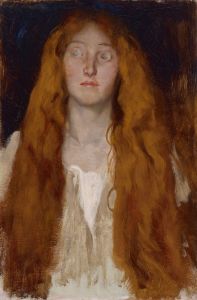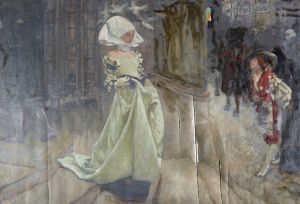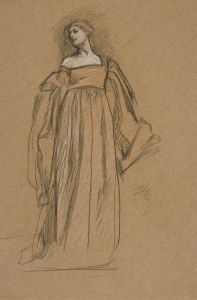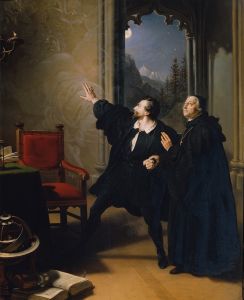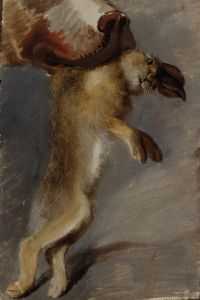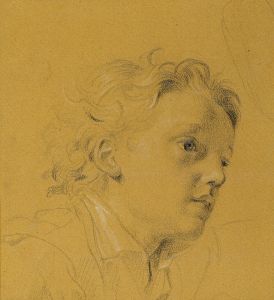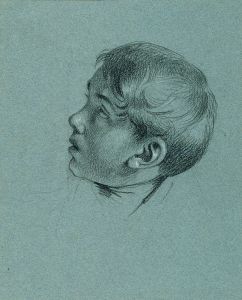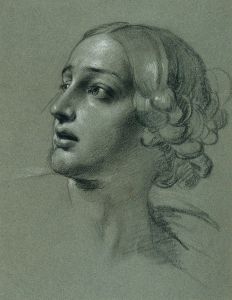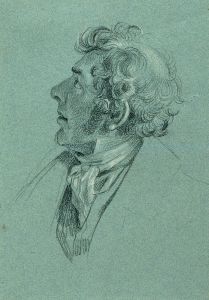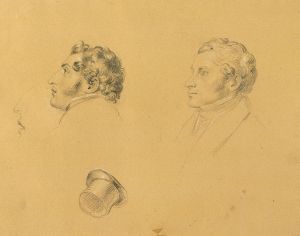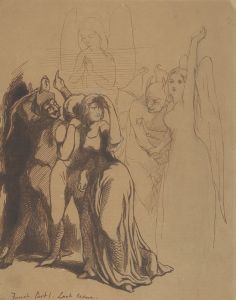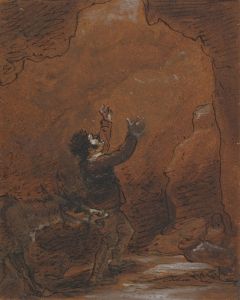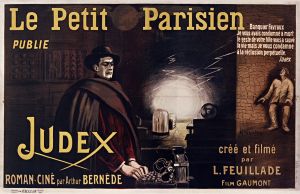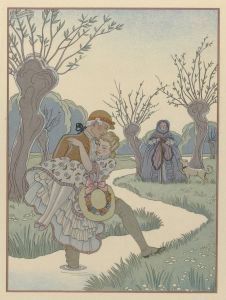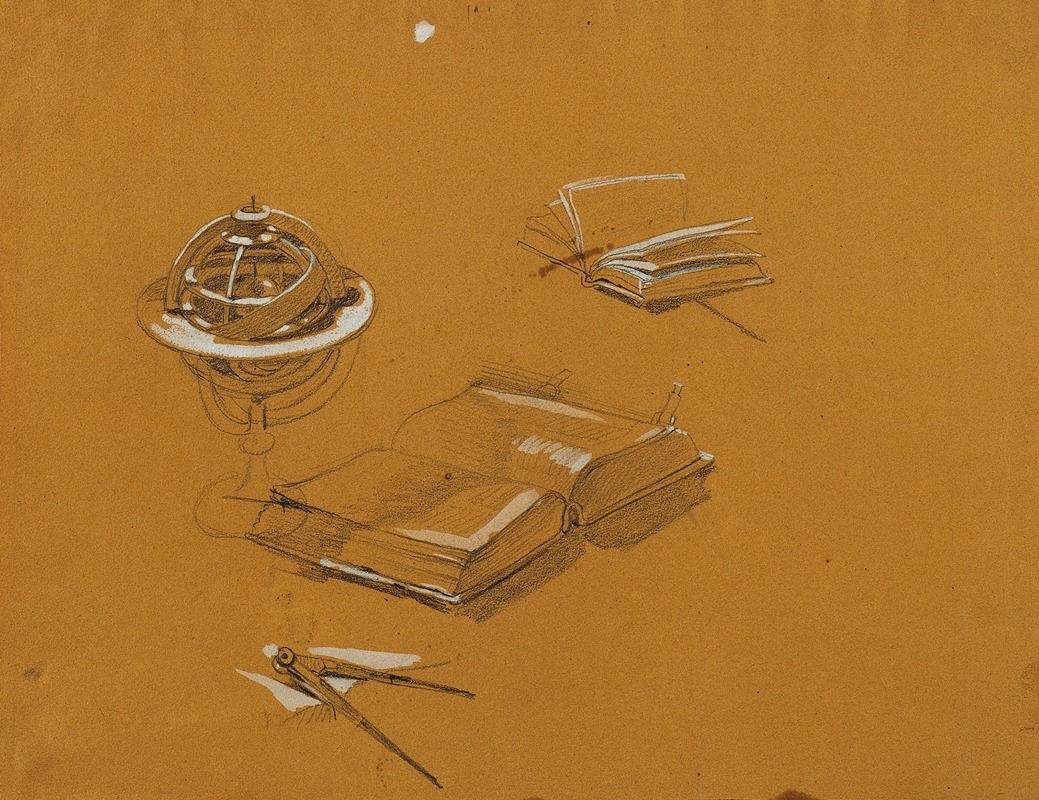
Studie zu ‘Faust am Ostermorgen’
A hand-painted replica of Johann Peter Krafft’s masterpiece Studie zu ‘Faust am Ostermorgen’, meticulously crafted by professional artists to capture the true essence of the original. Each piece is created with museum-quality canvas and rare mineral pigments, carefully painted by experienced artists with delicate brushstrokes and rich, layered colors to perfectly recreate the texture of the original artwork. Unlike machine-printed reproductions, this hand-painted version brings the painting to life, infused with the artist’s emotions and skill in every stroke. Whether for personal collection or home decoration, it instantly elevates the artistic atmosphere of any space.
Johann Peter Krafft was an Austrian painter known for his historical and genre scenes, and he played a significant role in the development of 19th-century Austrian art. One of his notable works is "Studie zu ‘Faust am Ostermorgen’," which translates to "Study for 'Faust on Easter Morning'." This painting is a study, meaning it was likely a preliminary work or exploration for a larger, more detailed piece.
Krafft was born in Hanau, Germany, in 1780 and later moved to Vienna, where he became a prominent figure in the art scene. He was deeply influenced by the Romantic movement, which emphasized emotion, individualism, and the glorification of the past and nature. His works often reflect these themes, and he was known for his ability to capture dramatic and emotional moments.
The subject of "Studie zu ‘Faust am Ostermorgen’" is derived from Johann Wolfgang von Goethe's "Faust," a seminal work of German literature. Goethe's "Faust" tells the story of a scholar who makes a pact with the devil, Mephistopheles, in exchange for unlimited knowledge and worldly pleasures. The scene of "Easter Morning" is significant in the narrative as it represents a moment of renewal and hope, contrasting with Faust's inner turmoil and existential despair.
In this study, Krafft likely focused on capturing the emotional and spiritual essence of the Easter morning scene. While the specific details of the study are not widely documented, it can be inferred that Krafft's work would have aimed to convey the tension between the sacred and the profane, a central theme in Goethe's "Faust." The use of light, composition, and expression would have been critical in illustrating this dichotomy.
Krafft's ability to depict historical and literary subjects with emotional depth made him a sought-after artist in his time. He was appointed as a professor at the Academy of Fine Arts in Vienna and later became its director. His influence extended beyond his paintings, as he played a crucial role in shaping the next generation of Austrian artists.
"Studie zu ‘Faust am Ostermorgen’" reflects Krafft's interest in literary themes and his skill in translating complex narratives into visual form. Although the study itself may not be as well-known as some of his other works, it represents an important aspect of his artistic exploration and his engagement with the cultural and intellectual currents of his time.
Krafft's legacy is preserved in various collections, and his works continue to be studied for their contribution to the Romantic movement and their reflection of 19th-century Austrian society. His paintings are characterized by their attention to detail, emotional intensity, and the ability to convey powerful narratives through visual art.





